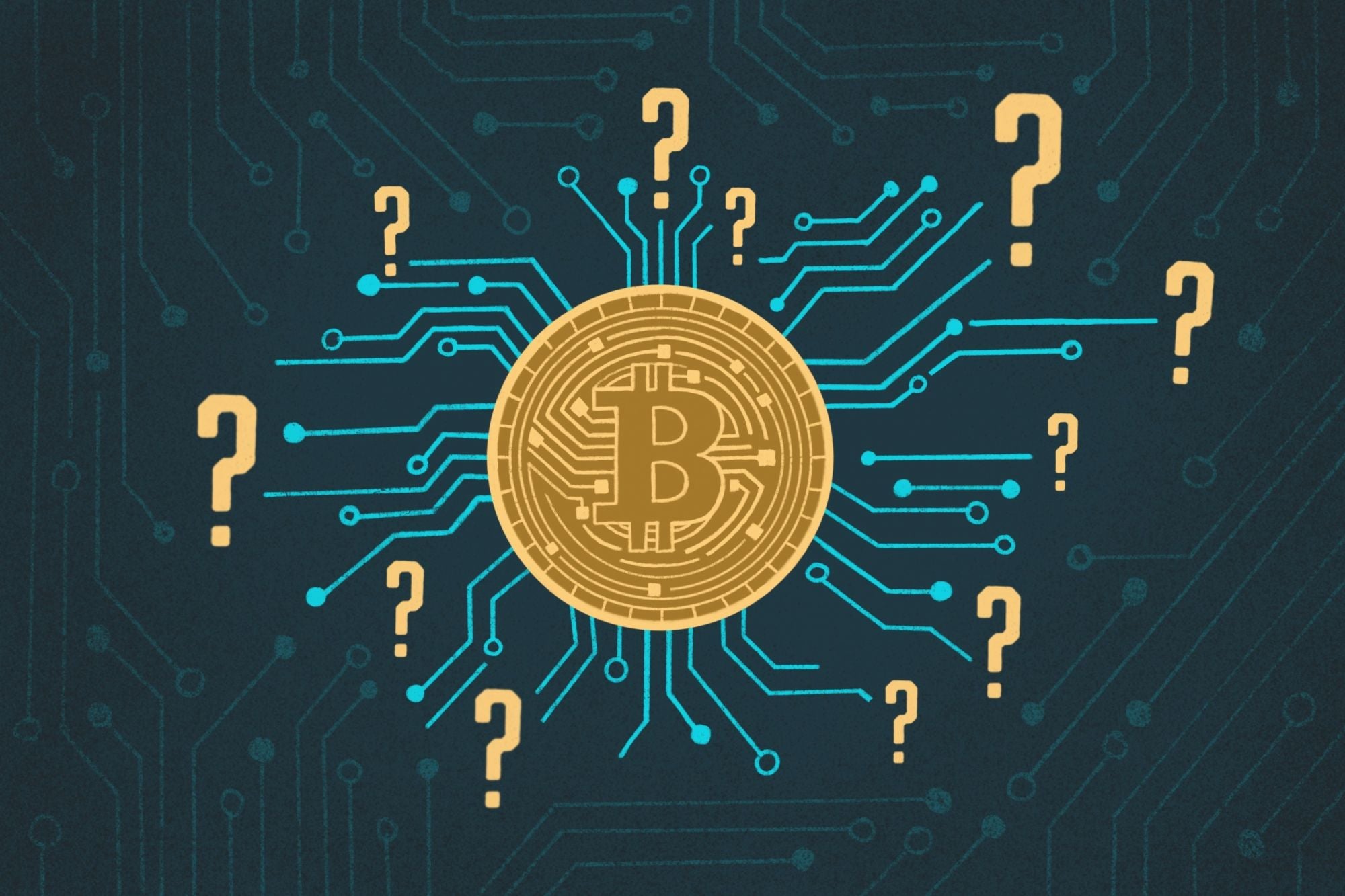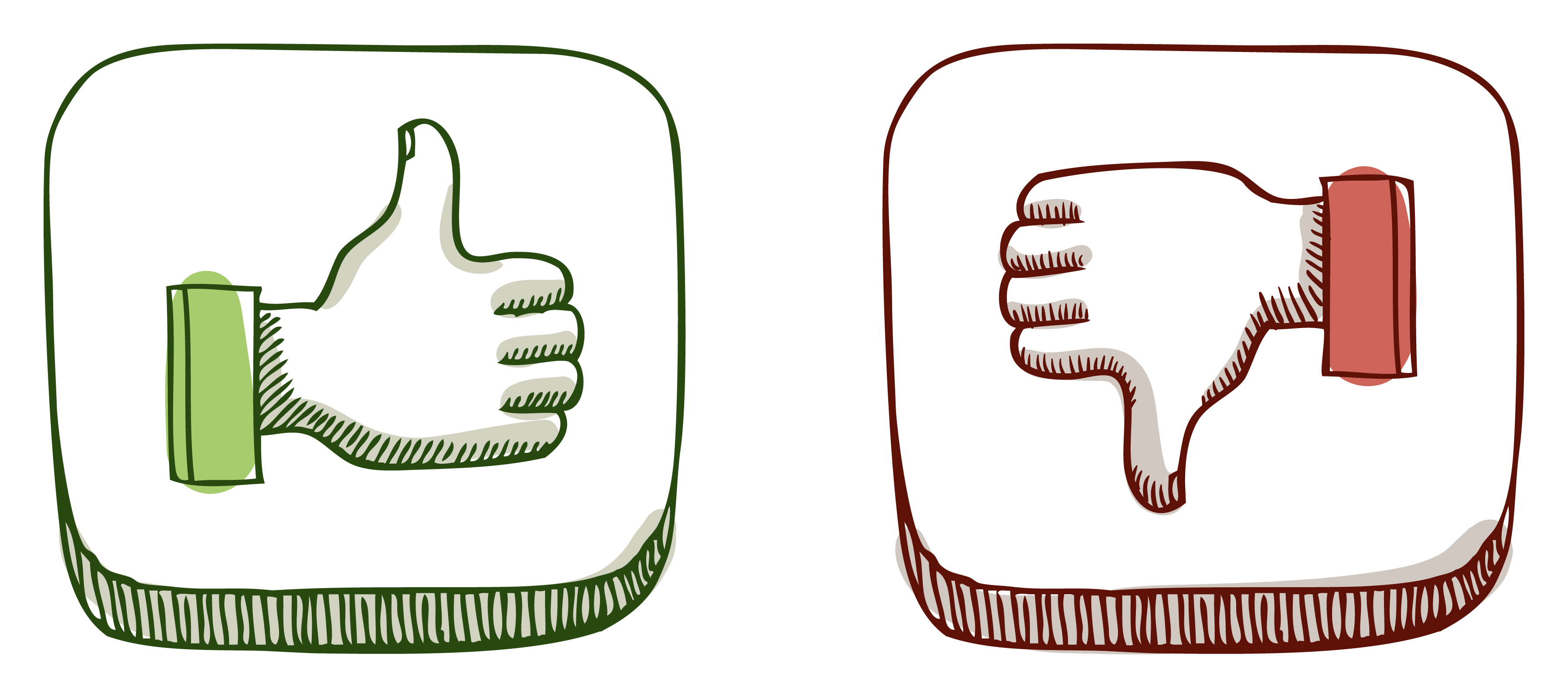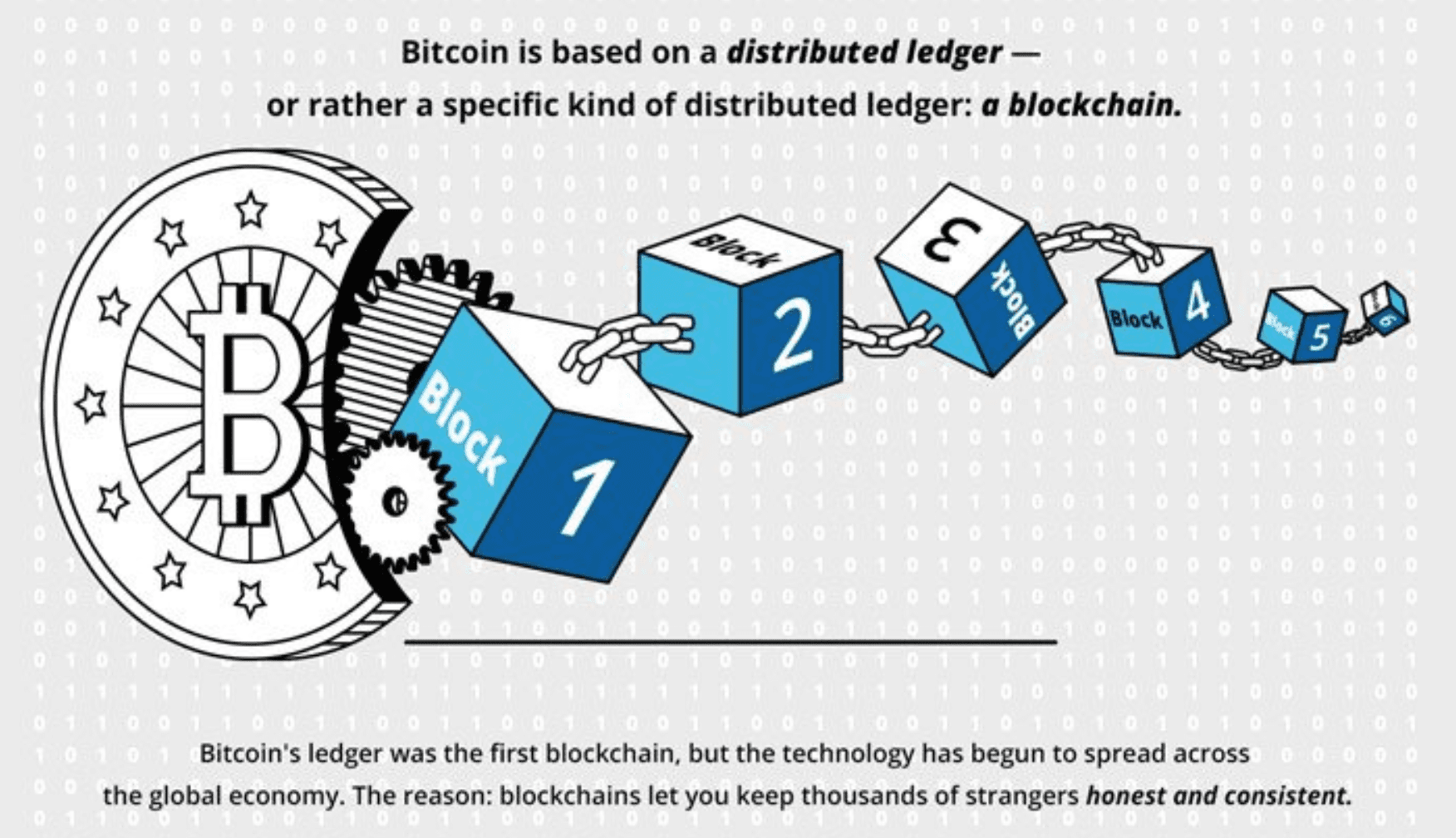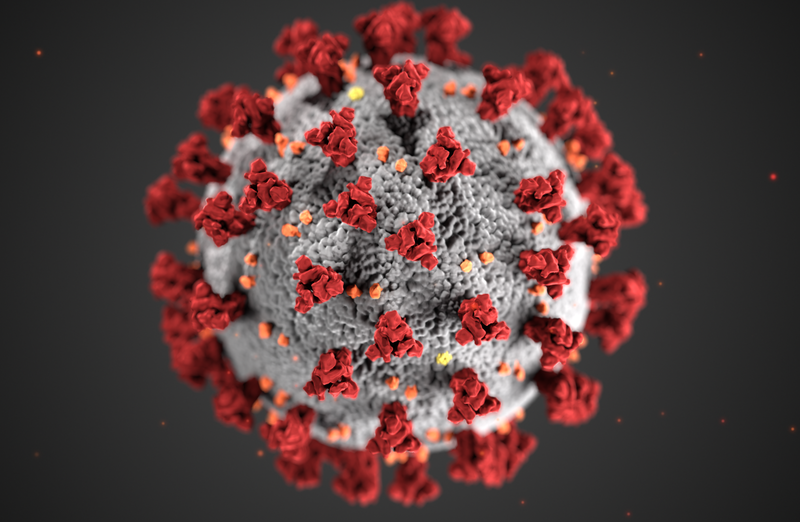Introduction
-What is Cryptocurrency and Blockchain?

Cryptocurrency : a digital currency or decentralized system of exchange that uses advanced cryptography for security.(By dictionary.com) Puts link
Blockchain : A type of decentralized database system based on linking together previous records in secure blocks of information.(By dictionary.com) Puts link
-More about Cryptocurrency
Let's learn more about Cryptocurrency!
Cryptocurrencies systems allow users for secure payment between others with virtual “coin or money”. For example, bitcoin! Which was the first blockchain-based cryptocurrency. Nowadays, there are thousands of various versions of cryptocurrencies other than bitcoin,altcoins for short, are applicable.Some of the cryptography used in cryptocurrency today was originally developed for military applications. At one point, the government wanted to put controls on cryptography like putting legal restrictions on weapons. But the right for civilians to use cryptography was secured because of freedom of speech.
1.Advantages and disadvantages of Cryptocurrency
-Advantages

- Don’t need a third party to take a fee such as a bank or credit card company.
- Pretty secured transfer system.
- Only requires a minimum amount of fees.
-Disadvantages
- Anonymity that promotes legal activities such as money laundering and tax evasion.
- Various versions of cryptocurrencies that may be promoting more privacy which makes it harder to trace.

2.The app and future of blockchain
You’ll see a blockchain economy in the next five years,- Robin Raskin, former president of Living in Digital Times, which produced several CES® programs.
Even though a blockchain only had been used in cryptocurrencies. Now we can use anywhere website, application, healthcare services and more!
Communication
Pundi X displayed CES 2020 Innovation Award-winning Blok On Blok, the world’s first blockchain phone powered by new operation system Function X. The smartphone empowers users to own their data by decentralizing apps, websites and services. With the phone in blockchain mode, users can call, message or browse the internet without third parties monitoring or blocking the data.
Web Services
Open Index Protocol creates a public space for content distribution on the internet. The first permission-less system with a decentralized and transparent index, Open Index Protocol enables open source record indexing, file storage and distribution, and transaction management. “Blockchain and other essential technologies will bring more transparency and access to information than we have ever seen,” said Amy James, Open Index Protocol co-inventor and CEO of Alexandria Labs.
Food Tech
At a banquet during CES 2020, IBM showed how its new blockchain system IBM Food Trust can trace the source of the ingredients for each dish served. The system digitizes transactions in food supply chains, allowing partners to confidently and securely share food information to create a more transparent and trustworthy global food supply chain.

3.Blockchain and Vaccine
In the year of 2020, coronavirus crisis. We are having lockdown and social distance to be safe. But blockchain can also help to make faster and effeciently.
Collaborative Development
Blockchain technologies can act as a single reference point to share and distribute the large amount of data that is identified every moment. With blockchain, researchers and doctors from around the world can collaborate on the path toward an effective vaccine without jeopardizing a competitive advantage; the immutability of blockchain helps maintain authenticity, acting as a ledger of truth.
Mass Production and Distribution
A ledger such as blockchain can help ensure more efficient supply chains. By recording the manufacturing process and being able to trace each stage of the production and distribution chain, blockchain technologies enable facilities around the world to streamline processes, adjust workflows based on supply chain disruptions and more. A blockchain-enabled supply chain will also be more equitable. As an openly verifiable platform with no single source of control, blockchain can help in the distribution of a vaccine to those who need it more, not to those who control or fund a vaccine.
Quality Control and Waste Reduction
The transit and storage of vaccines often leads to a percentage of loss — from supply chain losses, spoilage or other distribution issues. As a real-time digital ledger, blockchain can allow the healthcare industry to decrease the wastage percentage. Tracking each source and stakeholder within the supply chain, as well as each vial of vaccine, will enable doctors and distributors to minimize risks and problems. From controlling the temperature to ensuring the number of necessary syringes or rubber stoppers, the up-to-the-second information provided by blockchain technologies will be critical in ensuring that every patient in need will have access to a vaccine. From end to end, blockchain may soon be a key component in getting vaccines into the hands of health care workers and at-risk populations.